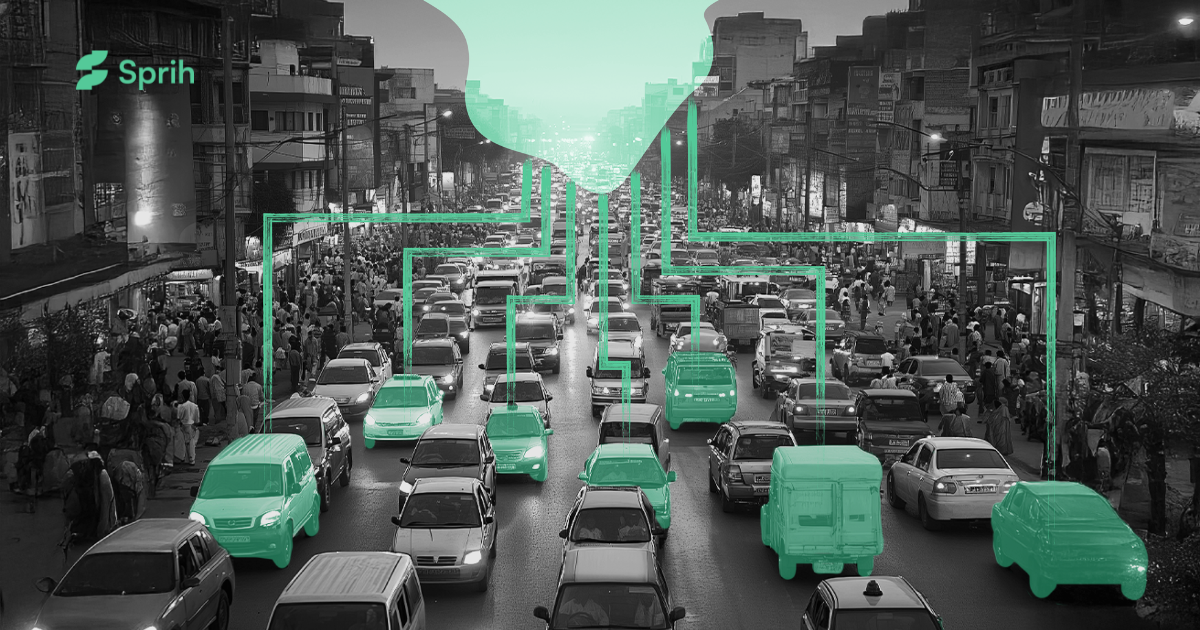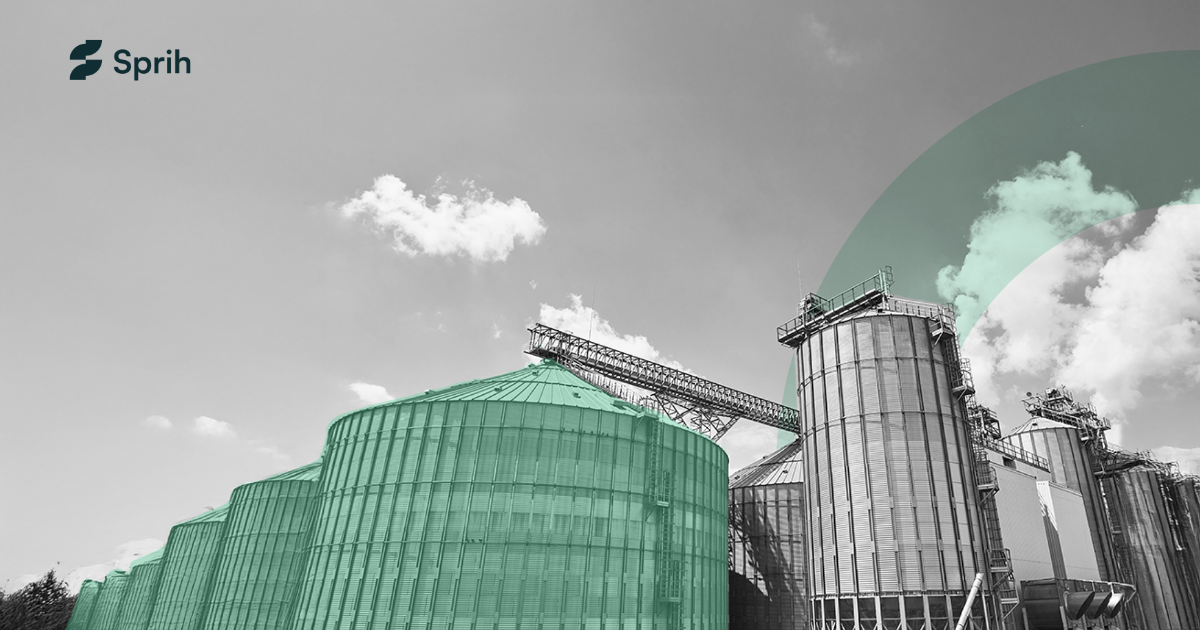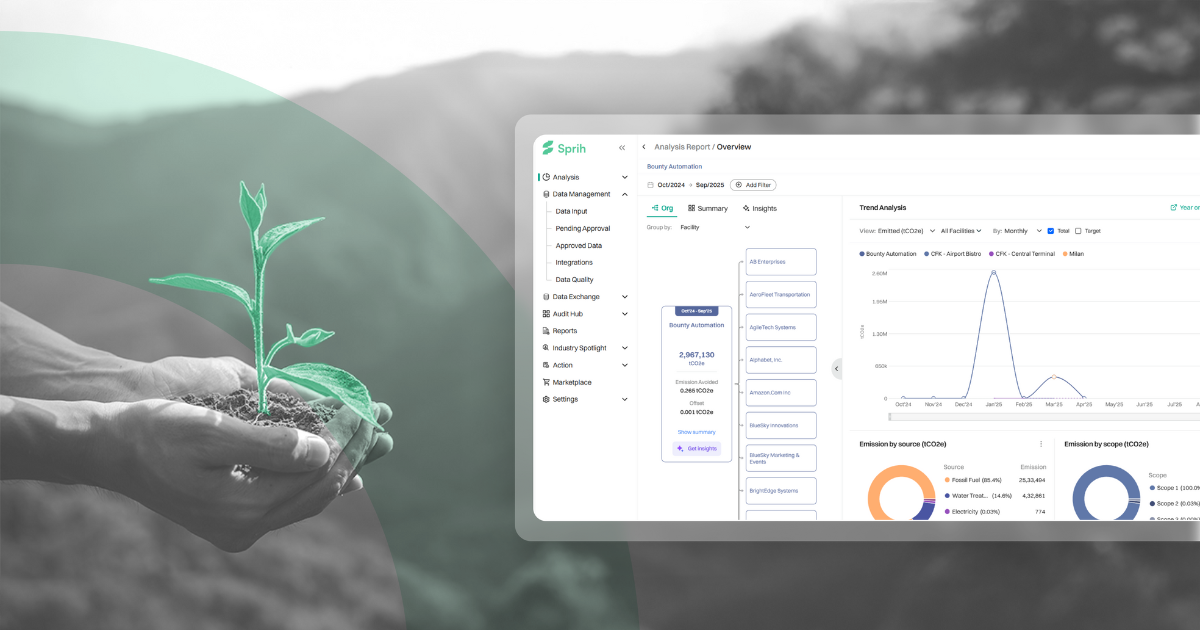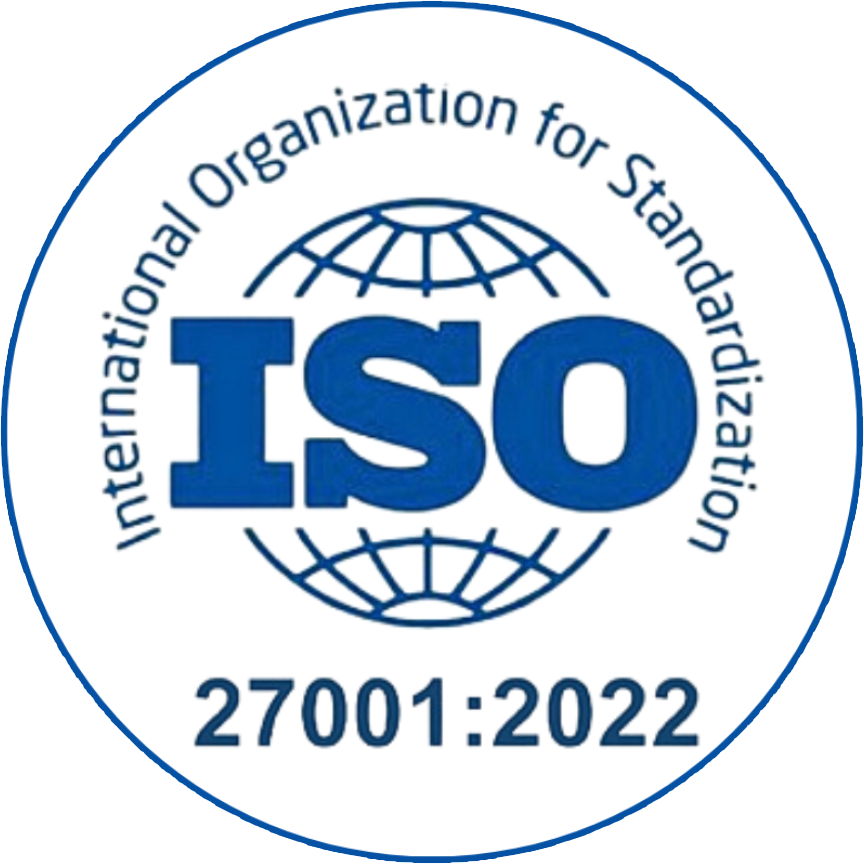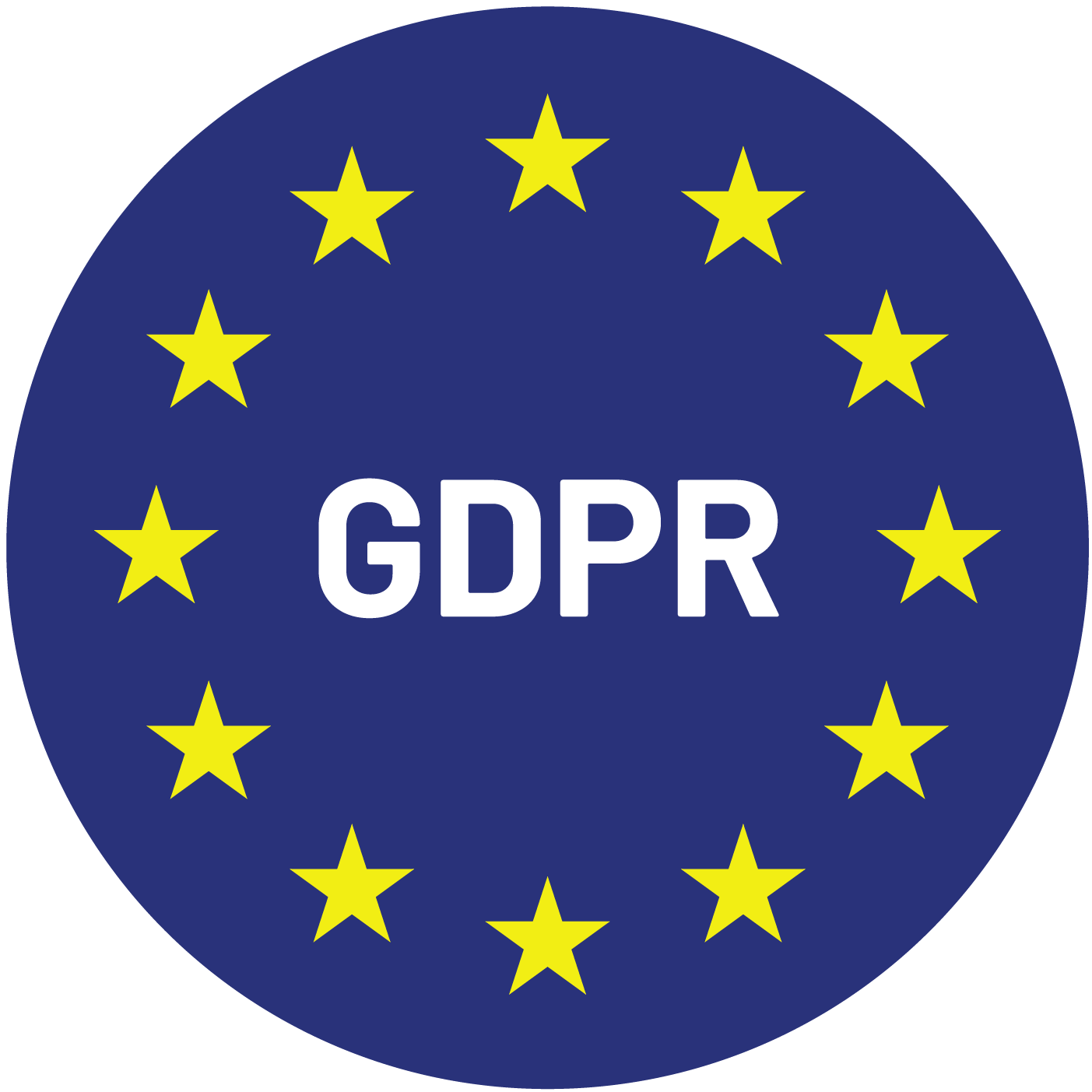When it comes to understanding the full environmental impact of a company’s value chain, most organizations stop at upstream emissions or operational footprints. But for many product-based businesses, the largest share of emissions occurs long after the product leaves their hands—during its actual use by end customers. This is where Scope 3 Category 11 comes into play. As part of the Greenhouse Gas (GHG) Protocol, it requires companies to account for emissions produced from how their sold products are used by consumers or business customers.
This blog explores what Scope 3 Category 11 entails, how to measure these emissions accurately, and what companies can do to design better, lower-emission products.
What Is Scope 3 Category 11?
Scope 3 Category 11 includes emissions from the use phase of final products sold by a reporting company. These emissions arise from:
- The direct consumption of fuels or electricity (e.g., cars, appliances, electronics)
- The release of greenhouse gases (e.g., refrigerants, fertilizers, industrial gases)
- The indirect energy use involved in product functionality (e.g., food requiring cooking)
Key Definitions
- Direct Use-Phase Emissions (required): Emissions from products that directly consume energy or emit GHGs.
- Indirect Use-Phase Emissions (optional): Emissions from products that require energy indirectly (e.g., heating water for detergent use).
According to the GHG Protocol, companies must report total expected lifetime emissions of all relevant products sold in a given reporting year.
Why It Matters
1. Largest Source of Product Lifecycle Emissions
For many industries—like automotive, electronics, energy, or appliances—the majority of total product emissions occur during the use phase.
2. Regulatory & Disclosure Requirements
Leading climate frameworks such as CDP, SBTi, and the GHG Protocol Product Standard require or strongly encourage companies to measure and disclose use-phase emissions.
3. Innovation and Market Advantage
Understanding emissions in use helps businesses design energy-efficient products, meet consumer demand for sustainability, and gain a competitive edge.
Challenges in Measuring Scope 3 Category 11 Emissions
Measuring emissions from the use of sold products is one of the most complex aspects of Scope 3 reporting. Unlike upstream categories where companies have some control or visibility, Scope 3 Category 11 emissions occur in the hands of end users, across geographies, usage patterns, and energy sources. The following are the most common and impactful challenges:
1. Variability in Consumer Usage Behavior
Different users operate the same product in different ways:
- A refrigerator in a tropical climate may consume more electricity than one in a temperate region.
- A vehicle owner may drive 5,000 km/year while another drives 25,000 km.
- Appliances like washing machines may be used with hot or cold water, daily or weekly.
Why it matters: Inconsistent behavior leads to wide variability in actual emissions, making it difficult to establish a standardized usage profile.
2. Uncertainty in Product Lifetime and Durability
Calculating use-phase emissions requires assumptions about:
- How long a product will last
- How frequently it will be used over its life
For example, if a gas stove is expected to last 10 years but is used intensively in commercial settings, the actual emissions may far exceed a typical residential use scenario.
Why it matters: Inaccurate lifetime assumptions can either overstate or understate true emissions, impacting both reporting and product improvement strategies.
3. Regional Variations in Energy Sources
Many products consume electricity or fuel, and the carbon intensity of that energy varies widely:
- A kWh of electricity in France (nuclear-heavy) results in far fewer emissions than in India (coal-heavy).
- Gasoline blends and heating oil emissions vary by country and grade.
Why it matters: Failing to account for geographically specific emission factors leads to unreliable estimates, particularly for global product portfolios.
4. Limited Access to Real-World Performance Data
Most companies base use-phase emissions on lab-tested performance or assumed average usage, but real-world conditions often differ:
- Efficiency may degrade over time
- Maintenance patterns affect energy use
- Actual vs. expected performance may diverge
Why it matters: Without real-time product data or user feedback, calculations may be outdated or inaccurate.
5. Complexity with Indirect Use-Phase Emissions
For some products, like laundry detergents or food appliances, the product itself does not emit carbon, but its use indirectly triggers emissions:
- Heating water for detergent
- Refrigeration for perishable goods
Why it matters: These indirect impacts are difficult to isolate and model, especially when user preferences and external systems are involved.
Strategies to Reduce Scope 3 Category 11 Emissions
Though companies may not directly control how products are used, they can influence, design for, and support behaviors and systems that reduce downstream emissions. Here are effective, actionable strategies:
1. Design Energy-Efficient Products
This is the most direct and effective way to reduce emissions from product use.
Best practices:
- Integrate low-power components, sensors, and smart controls
- Improve product insulation (e.g., refrigerators, ovens)
- Add eco-modes and automatic shutdown features
- Use materials that retain heat or energy for longer (e.g., induction cooktops)
Impact: Lower energy consumption per use directly reduces emissions and adds value for sustainability-conscious customers.
2. Shift to Electrification and Decarbonization
Where possible, redesign products to operate on electricity rather than fossil fuels.
Applications:
- Replace gas-powered tools or vehicles with electric alternatives
- Enable compatibility with renewable power sources, solar panels, or EV charging
Impact: As global grids decarbonize, electric products offer lower emissions potential over time.
3. Build Product Intelligence and IoT Feedback Loops
Smart and connected products can monitor their own energy use and share data with manufacturers and users.
Opportunities:
- Provide real-time carbon feedback to users
- Enable predictive maintenance to retain energy performance
- Collect anonymized usage data for more accurate emissions modeling
Impact: Better data improves both emissions reporting and user experience.
4. Educate and Empower Customers
Most customers are unaware of how their usage patterns affect carbon impact.
Tools:
- Clear usage guides with carbon-saving tips
- Labels showing annual estimated emissions
- Mobile apps or web dashboards to track and optimize usage
Impact: Informed users are more likely to adopt energy-efficient behaviors, reducing emissions across the lifecycle.
5. Launch Carbon-Neutral Product Lines
For products where usage emissions cannot be fully eliminated, offer carbon-neutral certification through:
- High-quality verified offsets
- Renewable energy credits
- Partnerships with climate finance projects
Impact: Helps meet customer and investor expectations, especially in B2B and premium consumer segments.
6. Influence Product Ecosystems
Design your products to work more efficiently within their operating ecosystem.
Examples:
- A washing machine designed to optimize low-temperature detergent performance
- A heating device that syncs with energy-efficient building systems
- Electronics that auto-adjust based on power grid emissions
Impact: Product-system integration unlocks new levers for lifecycle emissions savings.
Your Responsibility Doesn’t End at the Point of Sale
Scope 3 Category 11 shifts the lens from production to how your products perform in the real world. It’s where engineering meets sustainability—and where the opportunity lies to make a real difference.
Whether you’re an electronics company, appliance manufacturer, or a supplier of fuels and feedstocks, you can’t afford to ignore the emissions your products create during their life in use.
With tools like Sprih, and a deeper understanding of how your products impact the planet, you’re better equipped to take meaningful action.
Explore more on Sprih’s sustainability platform or speak with our team to integrate product-use emissions into your carbon strategy today.
FAQs
What is Scope 3 Category 11?
Scope 3 Category 11 refers to greenhouse gas emissions resulting from the use of products sold by a company, encompassing both direct and indirect emissions during the product’s operational life.
Which products are typically included in Scope 3 Category 11 reporting?
Products that consume energy or release greenhouse gases during use, such as vehicles, appliances, electronics, and equipment containing refrigerants, are typically included in Scope 3 Category 11 reporting.
How are Scope 3 Category 11 emissions calculated?
Emissions are calculated by estimating the total expected lifetime emissions of sold products, considering factors like energy consumption patterns, product lifespan, and regional variations in energy sources.
Why is reporting Scope 3 Category 11 emissions important?
Reporting these emissions provides a comprehensive view of a product’s environmental impact, aids in compliance with sustainability frameworks, and informs strategies for product design and innovation.
What challenges do companies face in reporting Scope 3 Category 11 emissions?
Challenges include variability in consumer usage behavior, uncertainty in product lifespan, and differences in regional energy sources, all of which can affect the accuracy of emissions estimates.
